The Aston Martin DB5 - A celebration of style

It only took 12 minutes and 47 seconds on screen in Goldfinger for the silver Aston Martin DB5 driven by James Bond to be dubbed the most famous car in the world. Photographer Tim Wallace has shot many Aston Martin DB5’s over the years and today we celebrate this much-loved icon of both British design but also as quite possibly one of the most famous cars in the World.
18/10/2021

Tim - “I have photographed a lot of Aston Martins over the years and a great many of those have been within the ‘Heritage’ or shall we say, classic range of models that Aston produced. I count myself very lucky in that way and I still remember as a child having a pretty impressive collection of scale toy cars, amongst those was a DB5…
I would not have thought back then that in the years to follow I would be shooting and driving an actual DB5 however. Over the course of my work with Aston I have I think shot every model that they ever made plus a few of the variants along the way. A great deal of this was done as part of a huge project that I undertook to do the Aston Martin Book ‘Portfolio of Dreams’ that was launched a few years ago.”
The book journeys through the life and models of Aston Martin from the very first prototype car to the very latest models of today. The actual project was a mammoth piece of work that saw us shooting models over 4 years for Aston in the UK to build up a complete history of every car that the company ever designed and produced.
It is a wonderful celebration of Aston Martin through their first 100 years and is a major publication of nearly 700 pages of stunning photography from Tim capturing each of their significant models built and created over that time. It includes some very famous cars through the years, race winners, and starts its journey from the very first Bamford Martin car all the way through to the most famous model of them all in many ways, the Aston Martin DB5. Once printing of the book was completed for its 1st edition run the first 100 limited copies were signed by Tim and quickly sold out within a day. The book is now on general release through Aston.

Tim - Being asked to create all the photography for the Aston book was indeed a great honour and it was a project that I worked on for over 4 years. The book primarily a 'coffee table' style book of great photography looking at each of the models through the history of Aston Martin design and endeavour to create cars that instil both passion and soul.
It was a truly massive project and I still remember that initial meeting that I had at Aston when the idea came to light, the task to create a pictorial book of beautiful photography that followed through every model that Aston Martin ever made from the very first prototype Bamford A3, a car that is closely guarded and priceless today, through then to all the variants and models to the cars of today that Aston have become so well known for crafting and producing.
Some of the cars that I have captured for this book such as the Zagato's VEV1 and VEV2 that are very rare and today are in the same condition as the day that they drove out of the factory gates, they are truly amazing cars with such a wonderful rich history.”
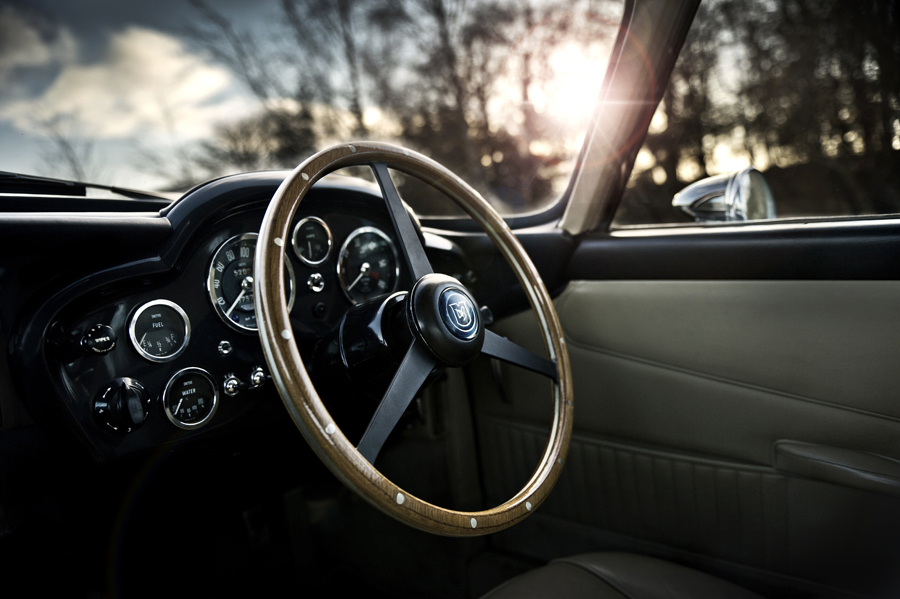
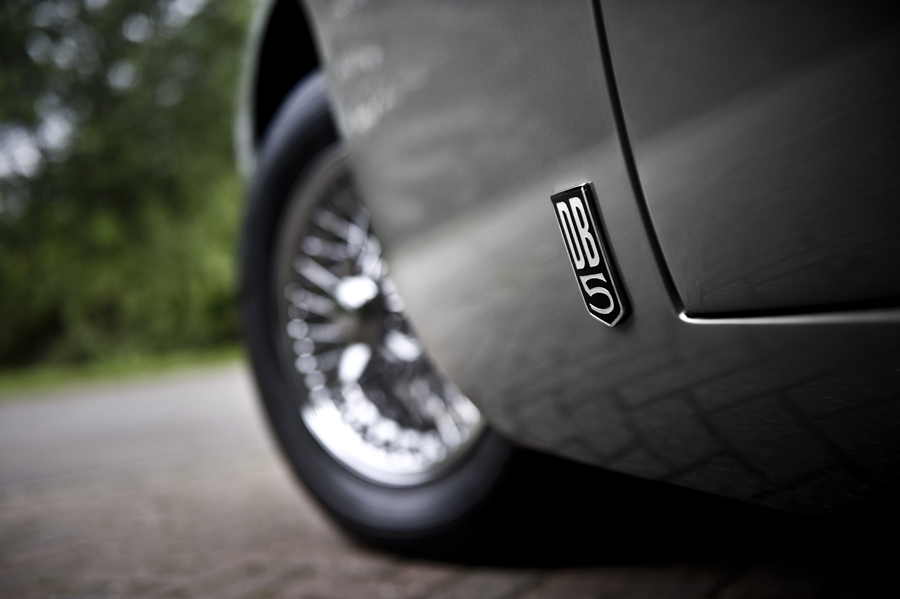

"For me personally it's a joy to shoot these cars and we have been working with Aston in the UK and Europe for just over 10 years now so I am very familiar with both the company and the vehicles themselves which is a major benefit to the project for me personally.
I get asked a lot by people if I drive that cars, the answer is yes I do as I often position them myself into where I need them for the shoot, some cars are indeed easier to drive than others especially some of the pre-war models that have their accelerator switches on the actual starring wheel, not to mention those where the pedal layout is all mixed around... it takes a bit of concentration whilst driving those around as it really is the very last car in the world that you would want to damage, safe to say that my insurance for such things is very significant indeed!
It was in the early part of 2017 that the provisional first layouts where shown to me and indeed having the material to 'fill' almost 700 pages is no easy task aside the layouts themselves but the project progressed and this August the first 2000 books were delivered to Aston where I visited to sign the Limited-Edition copies that sold out virtually straight away after being announced. I think that it’s fair to say that I was smiling that day and I guess for me what made it that bit extra special was to have the honour of the late Sir Stirling Moss to write the foreword for my book, a great honour indeed."
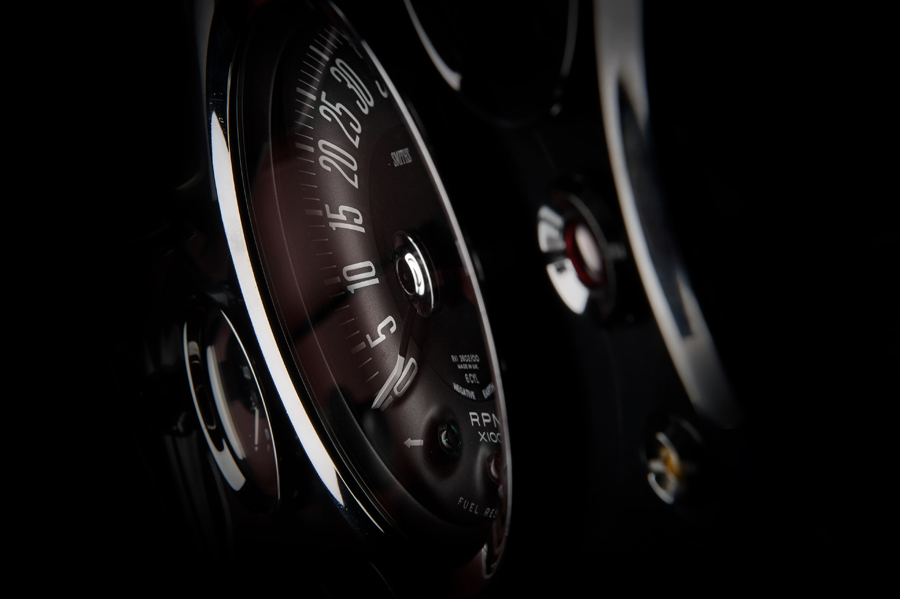
The DB5 and its rise through history on the screen.
It’s arguably the most famous film car of all time, and Bond’s silver Aston Martin DB5 is back in the limelight in a leading role in the latest James Bond film, No Time To Die.
The iconic Aston Martin DB5 was first released in 1963, as a luxury grand tourer and is the most famous Aston Martin car due to its use by James Bond in Goldfinger in 1964. Although Ian Fleming had placed Bond in a DB Mark III in the novel, the DB5 was the company's newest model when the film was being made. The company was initially reluctant, but were finally convinced to a product placement deal. The car used in the film was the original DB5 prototype, with another standard car used for stunts. Two more modified cars were built for publicity tours after the film's release.
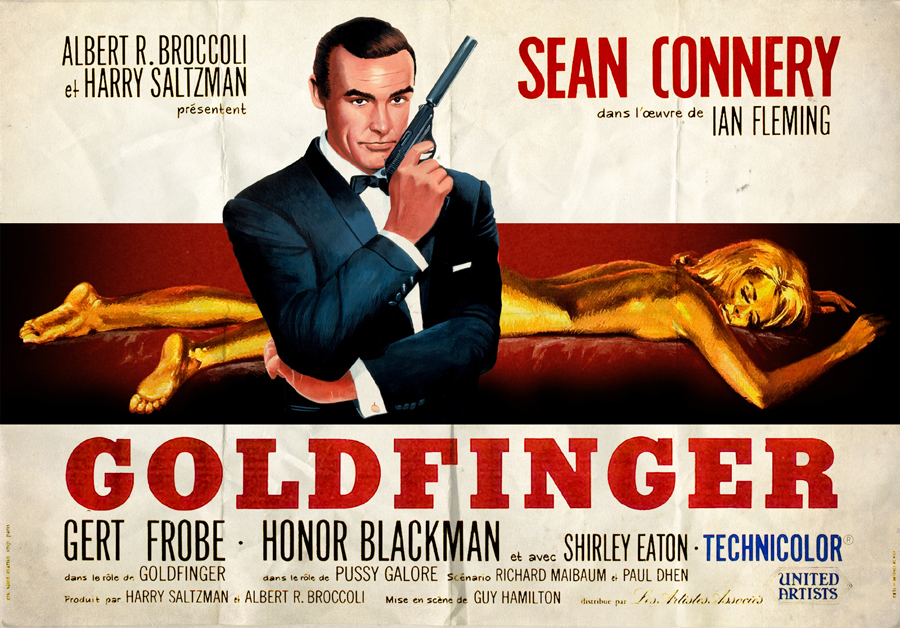
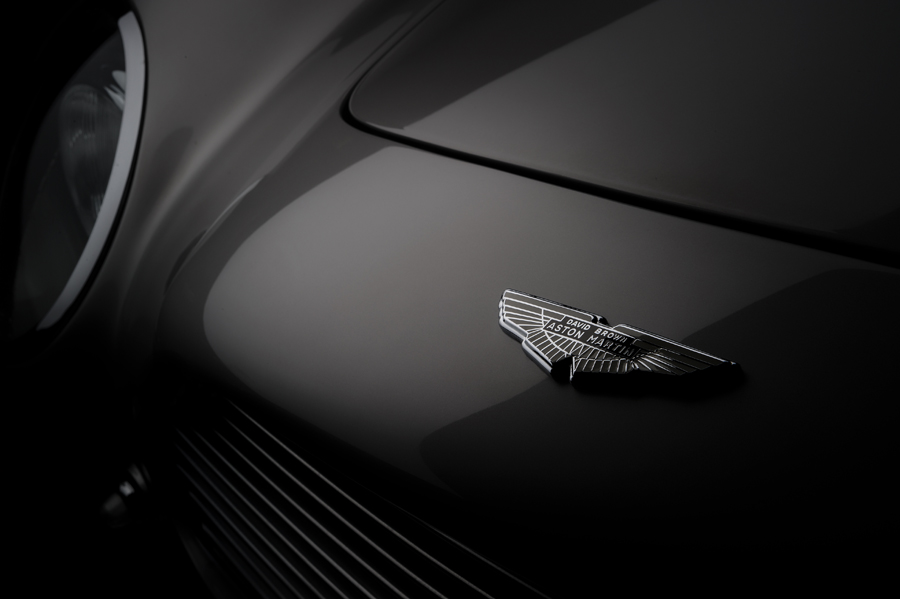

Famous for its array of gadgets, the film's script initially had the car armed only with smoke screen. However, the gadgets rapidly increased as crew members began suggesting devices to install in it. For instance, director Guy Hamilton conceived the revolving license plate because he had been getting lots of parking tickets, while his stepson suggested the ejector seat. Some further changes were made during production, including the replacement of a caltrop-dropping gadget (located behind the rear light cluster) with an oil dispenser because the producers thought the original could be easily copied by viewers.
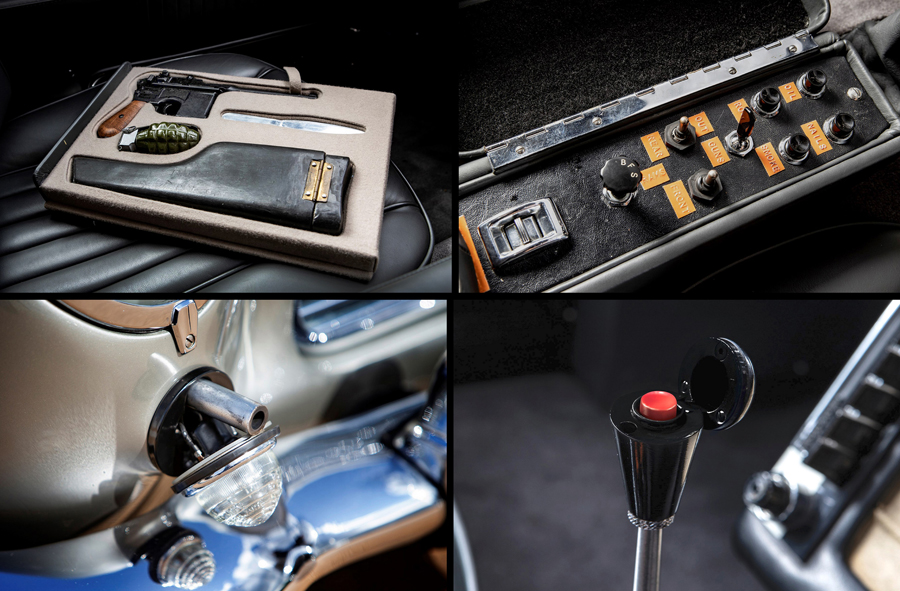
Production designer Ken Adam and engineer John Stears overhauled the prototype Aston Martin DB5 coupe, installing these and other features into the car over six weeks. Only two of the gadgets were not actually installed in the vehicle: the wheel-destroying blades, inspired by Ben-Hur and the ejector seat. The scene where the DB5 crashes was filmed twice, with the second take being used in the film. The first take, in which the car drives right through the fake wall, can be seen in the film's trailer.
The vehicle was used again in the following film, Thunderball (Reg: BMT 216A), where it was equipped with two rear-facing water cannons for Bond's escape from Bouvar's château. The effect was achieved using two fire hoses mounted under the vehicle, the hose pipes clearly visible in some shots.
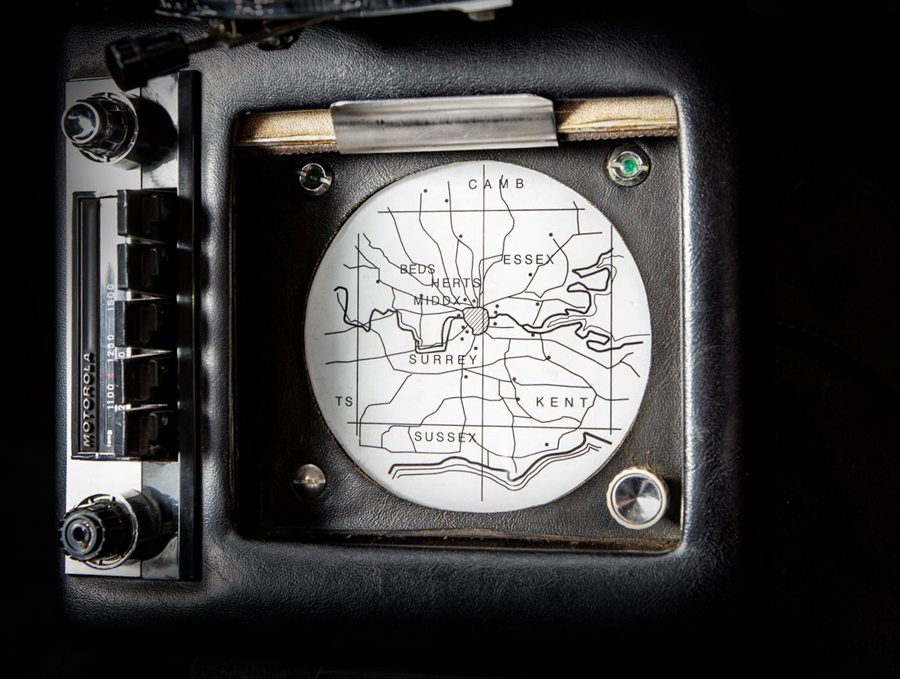
After its screen debut, the car, chassis number DP/216/, was returned to Aston-Martin where it was rebuilt and in 1968 sold to a private owner who reinstalled the gadgets. It changed hands several times and even appeared on screen again in 1981’s Cannonball Run with Roger Moore behind the wheel. In 1986 it was put up for auction when it sold to a wealthy real-estate developer and pop-culture collector in Florida. It was stored in a hangar at Boca Ratan airport, where, on June 18,1997, it disappeared and no trace of it has been seen since. It’s a mystery and case worthy of 007 himself. According to news reports at the time the thieves entered the hanger by slicing through the flexible moulding of the hanger door, cut padlocks, and disabled the alarms. Based on drag marks on the hanger floor chains or cables were used to pull the car out onto a waiting flatbed truck. Speculation is that it was then transferred to a waiting cargo plane.
One rumour as to its fate was that it was dumped in the Atlantic Ocean from the mysterious cargo plane. Nothing has been proven and the location and condition of the most famous, and recognizable, car in the world remains unknown.
In the middle of 2018 rumours circulated that there was a possible lead on the car being located in the Middle East, but again things have gone quiet, even with a substantial reward on offer for information related to its whereabouts….
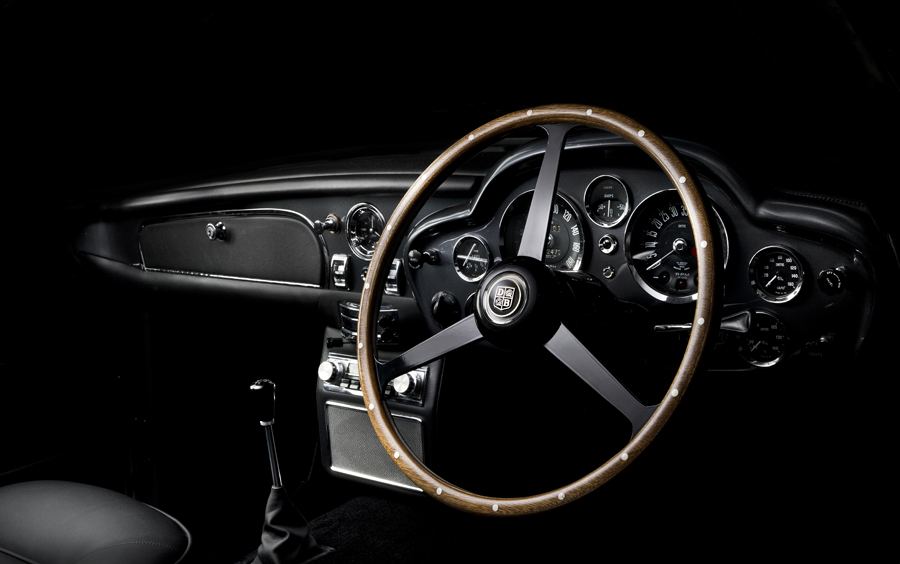
After a thirty-year absence from the film series, the Aston Martin DB5 reappeared in 1995's GoldenEye. Sporting a new number-plate (Reg: BMT 214A), the car was fitted with a radio that doubled as a printer and communication device, and a champagne cooler concealed under the centre arm rest.
Following the series' reboot in 2006, a further DB5 (Reg: 56526) made an appearance in Casino Royale, in which Daniel Craig's Bond wins an Aston Martin in a game of poker against villain, Alex Dimitrios. Unlike the classic British vehicle, it had Bahamian number plates and was left-hand drive, whereas previous versions had been right-hand drive. The left-hand drive DB5 would not make a reappearance during Craig's tenure as Bond. Instead, the classic gadget-filled Aston Martin DB5 (with the original registration BMT 216A) inexplicably returned in 2012's Skyfall.


In 2021 the latest Bond film was released, But in No Time to Die, finally released after long pandemic-related delays, 007 honours his silver-screen roots with a chase in a 1963 DB5.
This posed two problems for producers. A pristine DB5 is now worth seven figures, and, equally significant, Aston's early-1960s grand tourers don't have the athleticism to pull off stunts for a modern Bond movie. The solution was both simple and hugely complicated: build replicas with modern mechanicals that could be used (and used up) in the crash-and-bash parts.
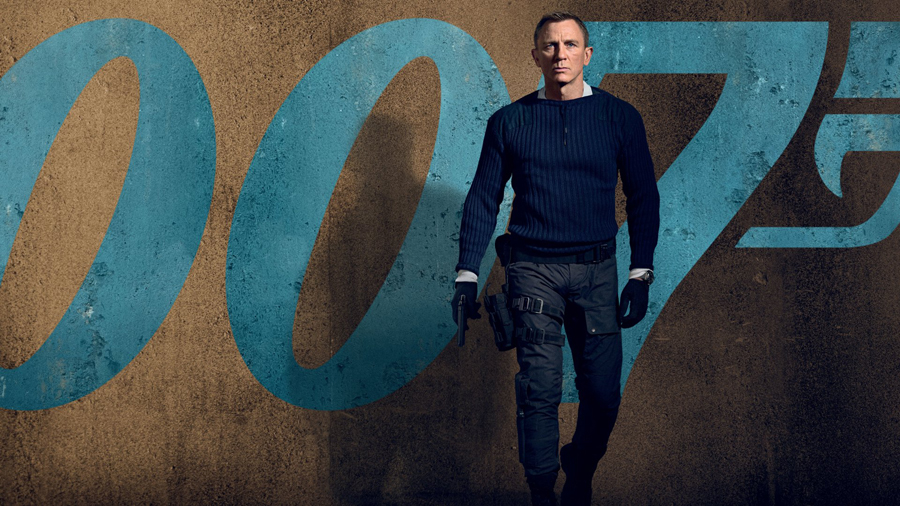
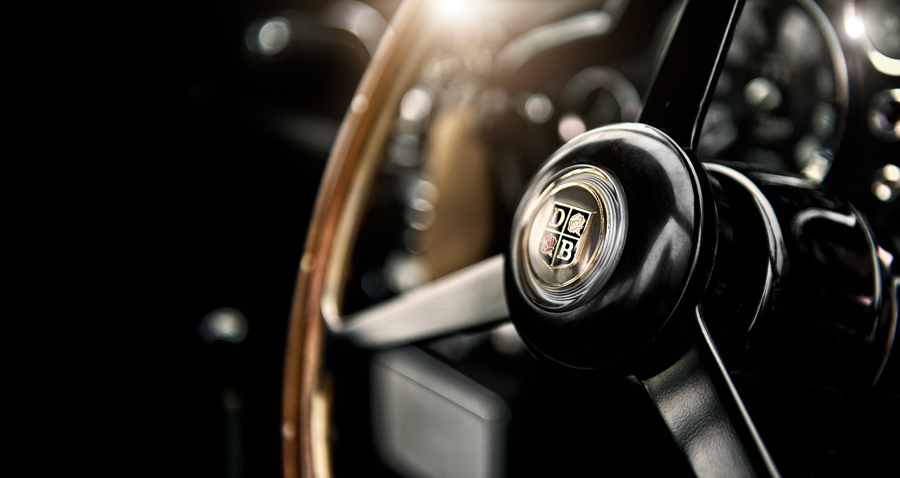
No Time to Die marks over a half-century of partnership between Aston Martin and James Bond. Early in the making of 1964’s Goldfinger, the franchise’s third instalment, production designer Ken Adam passed a silver DB5 on his way to Pinewood Studios, and began to consider it for Bond’s ride of choice over his original selection, a red Jaguar E-Type. Among luxury brands, Aston Martin has never been as stratospherically inaccessible as Ferrari, nor as commonplace as Mercedes-Benz. Amid the bluster of a Lambo or the familiarity of a Porsche 911, it’s an oft-forgotten sports car, but it’s nonetheless self-assured about its place and capabilities. “The Aston Martin DB5 is cool, sleek, alluring, but unknowable—much like Bond himself,” says film historian Mark Edlitz, author of The Many Lives of James Bond.
No Time to Die employed 10 DB5s. Two were hero cars—identical authentic vintage models used for closeups—and the remaining eight were purpose-built stunt cars. Aston engineered the stunt models at their Wellesbourne, U.K., facility, wrapping them in carbon fibre skin before painting them silver and finishing them with accurate DB5 trim.
The No Time to Die crew also had to contend with the centuries’ worth of polish on Mantera’s cobblestone streets, which limited the stunt drivers’ ability to find traction. Crews sprayed a carbonated soda-based concoction onto the roads. When it dried, it became sticky enough for the cars to manoeuvre safely, even if actors were driving. After the minigun spin, Fukunaga wanted a camera to push in on Bond as the smoke lifted from the DB5, so a stunt double would have made continuity difficult. Craig stepped in to appear in the shot—one of the final moments between the actor and the machine in the franchise.
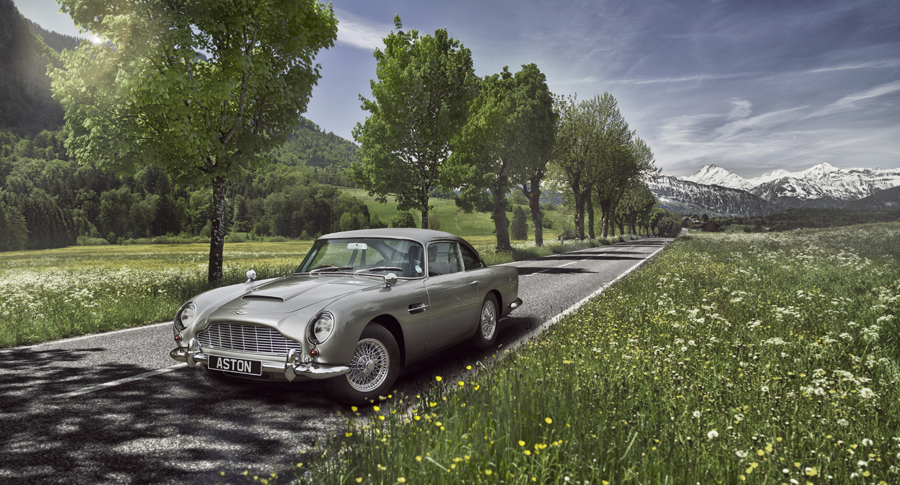

© Copyright Declaration
All images shown on this site are protected by
International Copyright Law and by the Copyright
Designs & Patents Act 1988.
